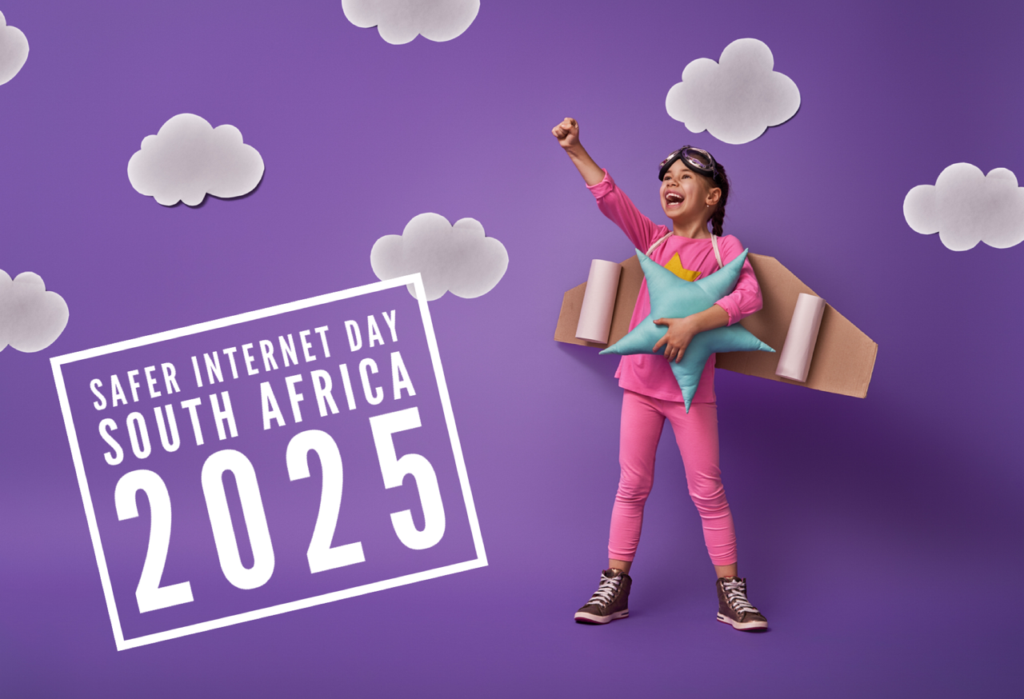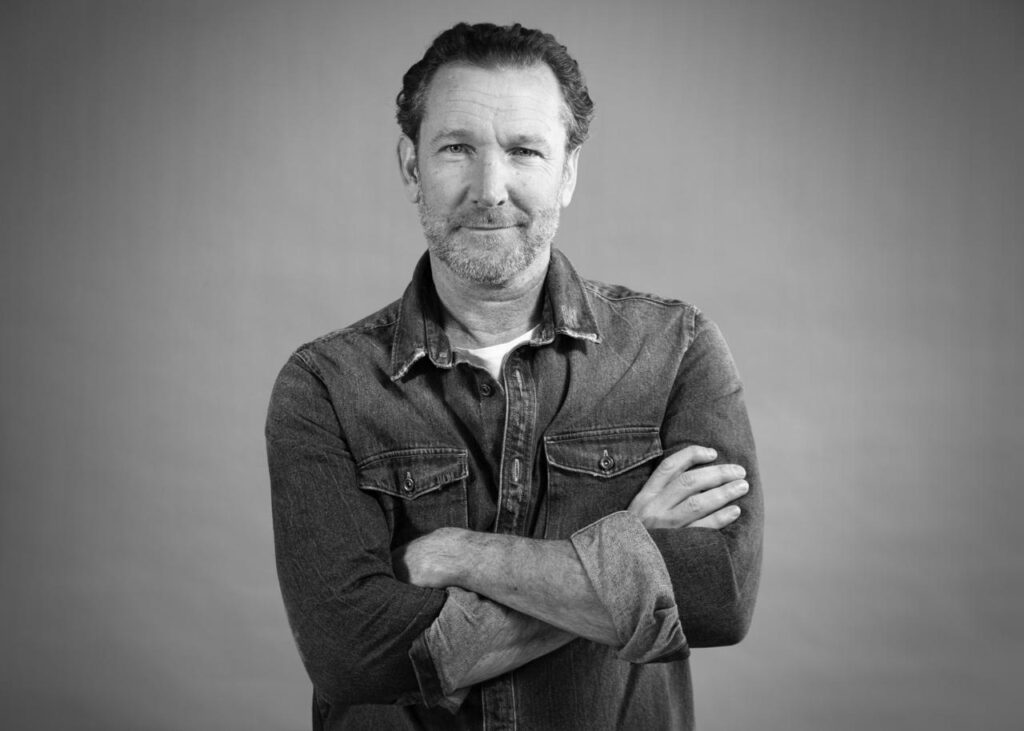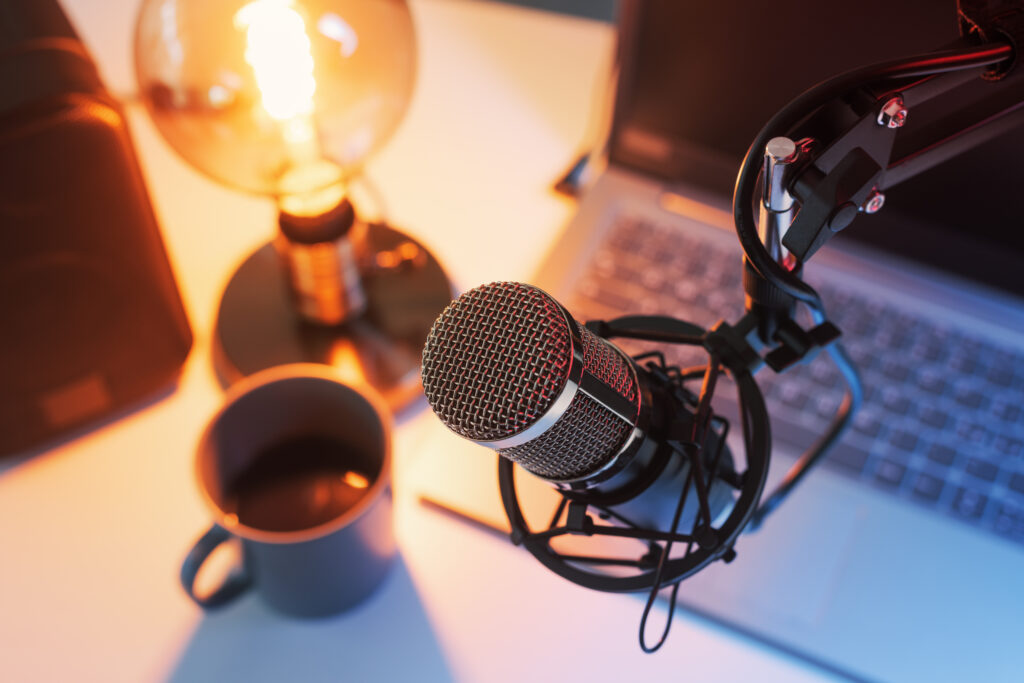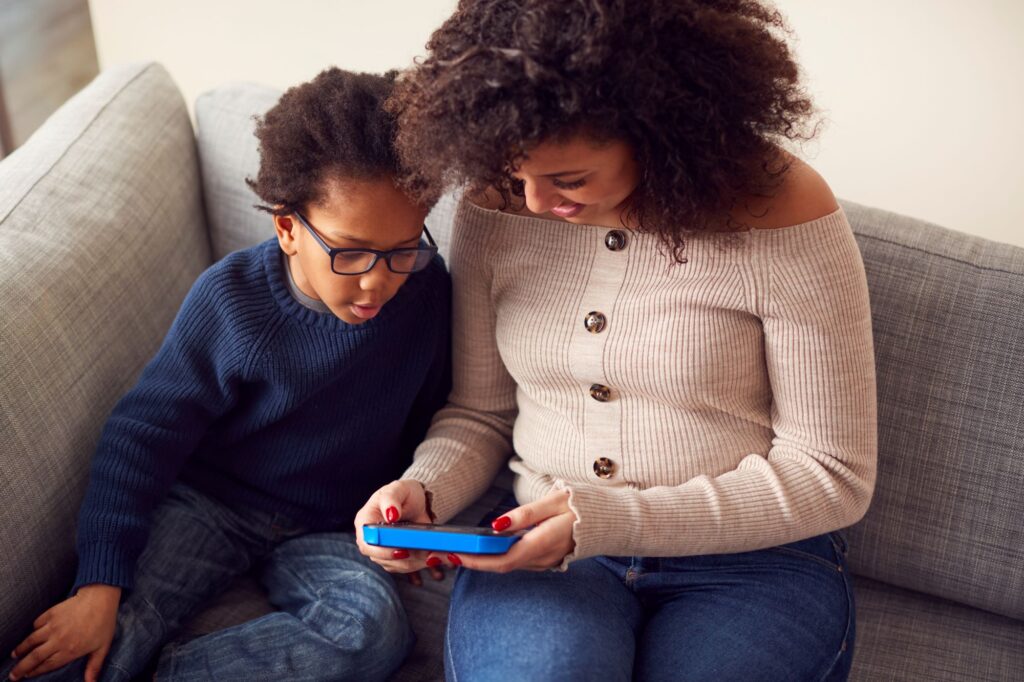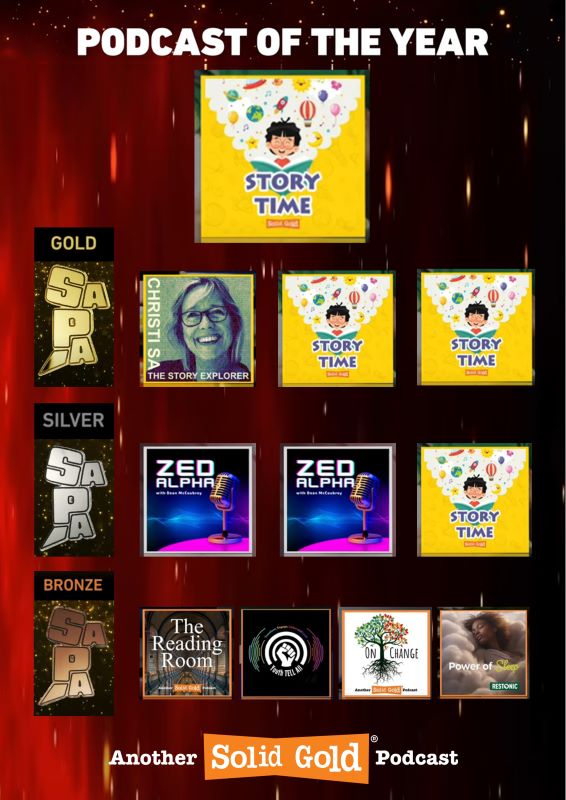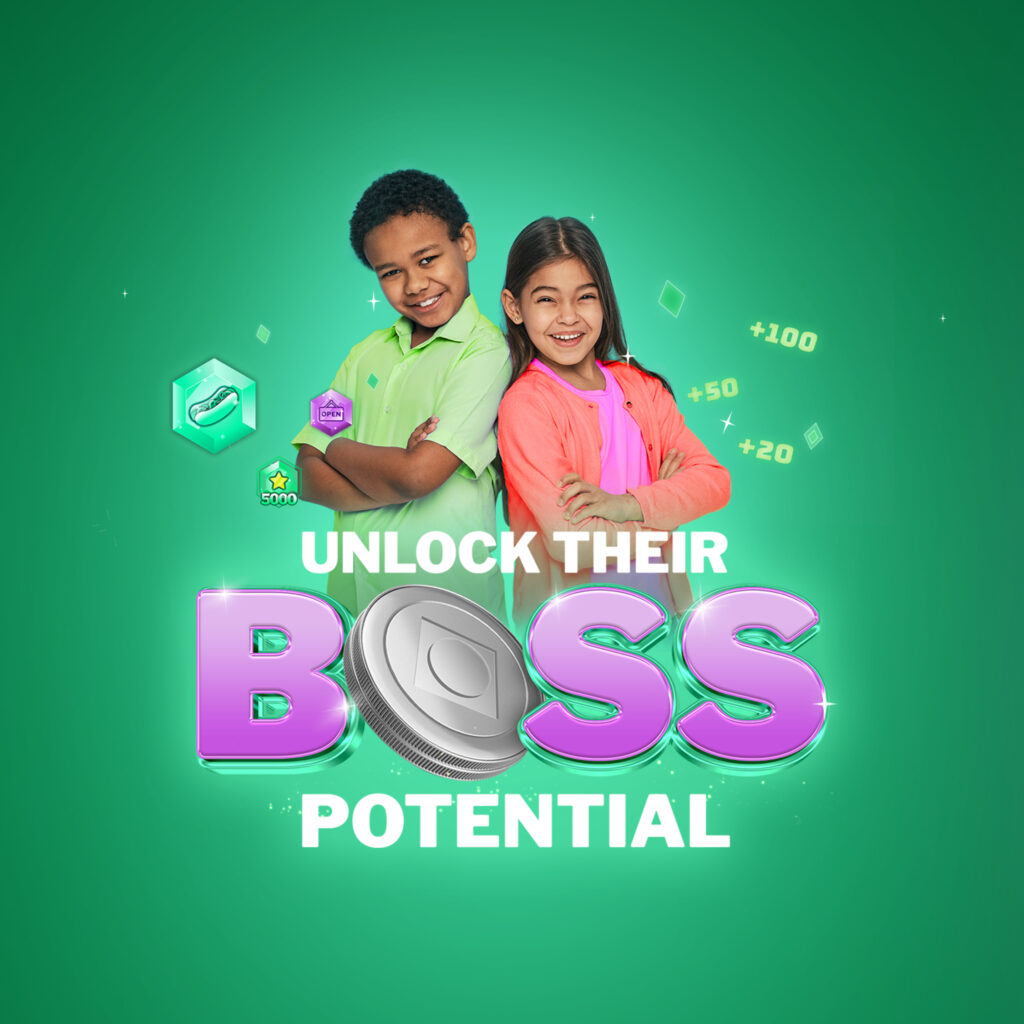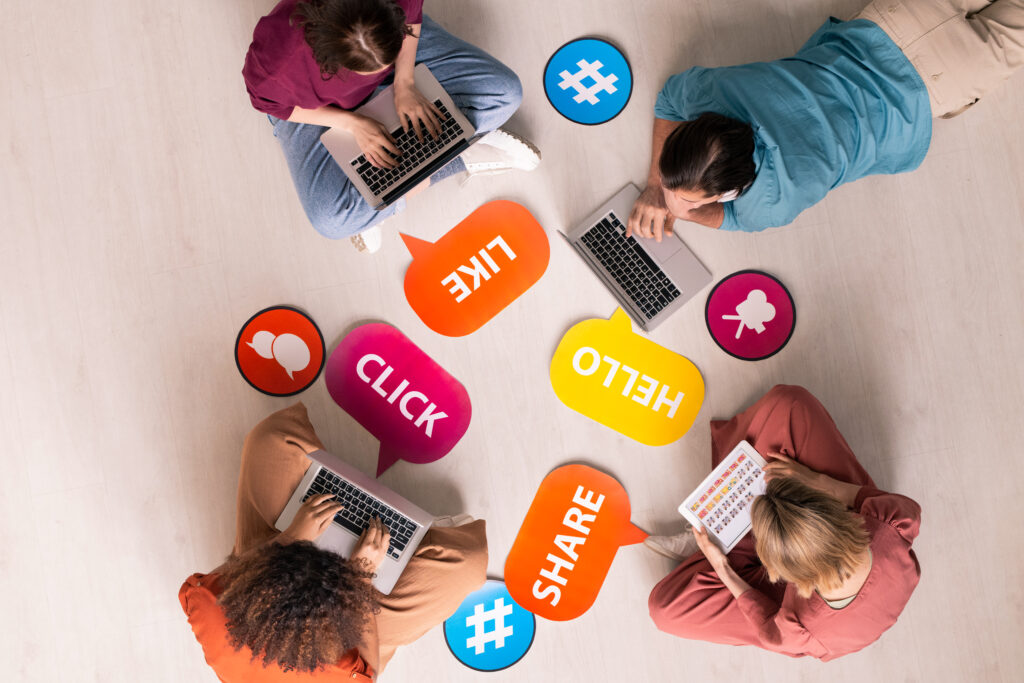MySociaLife launches free online safety program for SA pre-teens
South Africa, 11 February 2025: In an important step towards improving online safety for children across South Africa, MySociaLife, a local award-winning online safety and digital citizenship training provider, has launched a free program to offer vital digital literacy and online safety training to primary school students in South Africa. The “Hero Program”, made possible through sponsorship from London-based human-centric […]
MySociaLife launches free online safety program for SA pre-teens Read More »

